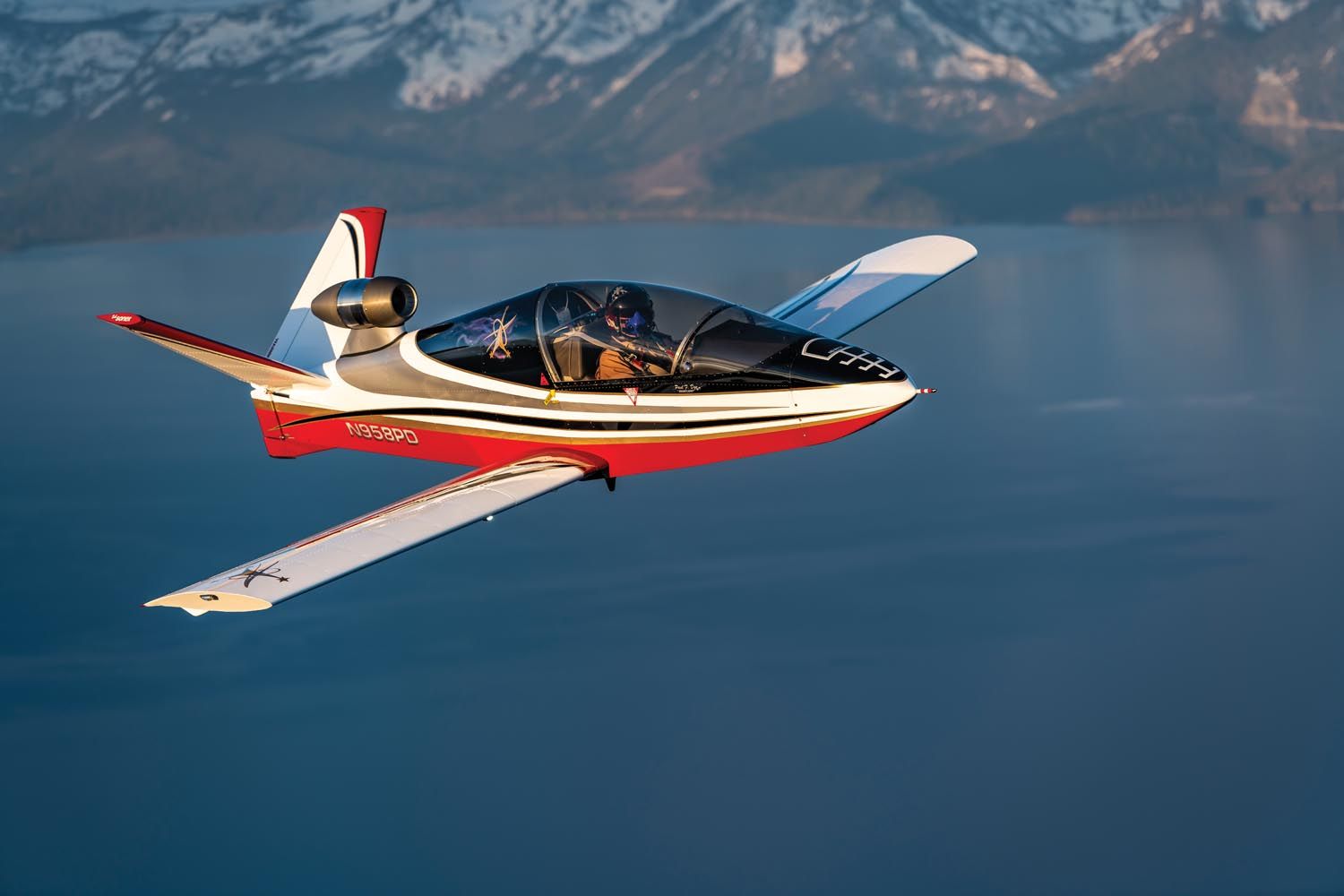
The Making of Paul Dye’s SubSonex, Part 1.
Editor’s Note: Yes, we’re working backward just a bit. As you can see from the cover and elsewhere, Paul Dye has finished and is flying his SubSonex. In fact, as this is written, he’s just returned from a successful AirVenture appearance. But the story of the build is a fascinating one that will unfold here and on KITPLANES.COM over the next few months. So now, as they say, let’s begin at the beginning.
 I’m going to be upfront with you right from the start—no one needs a personal, single seat jet. Deciding to build—or buy—such an aircraft is hard to justify financially, so I am not even going to try. Sure, you can come up with a plan to make it worthwhile by selling advertising or going on the airshow circuit—but once you look into the income you could receive from such endeavors, you’ll realize that the best way to make a small fortune in aviation is to start with a big one. No one gets rich flying airshows—many performers don’t even make a living at it. But still they do it because they have a passion for all things aviation.
I’m going to be upfront with you right from the start—no one needs a personal, single seat jet. Deciding to build—or buy—such an aircraft is hard to justify financially, so I am not even going to try. Sure, you can come up with a plan to make it worthwhile by selling advertising or going on the airshow circuit—but once you look into the income you could receive from such endeavors, you’ll realize that the best way to make a small fortune in aviation is to start with a big one. No one gets rich flying airshows—many performers don’t even make a living at it. But still they do it because they have a passion for all things aviation.
Drawing You In
My decision to build the jet wasn’t made overnight. I first got to fly the factory prototype SubSonex in order to do a review of the new kit for this magazine. In order to fly the jet myself, I had to first train in the BonusJet sailplane, an aircraft that shares little in common with the SubSonex save for the powerplant. A few hours in the BonusJet took me to a check ride for the “Experimental Aircraft Authorization”—a type rating in all but name because there is no Type Certificate for an Experimental aircraft. After receiving this, I was given a Letter of Authorization to fly the little jet for the purpose of preparing for the check ride to obtain the permanent authorization for that aircraft. Following an unusual (solo) check ride, I had a new line item on my plastic license—SUBSNX.
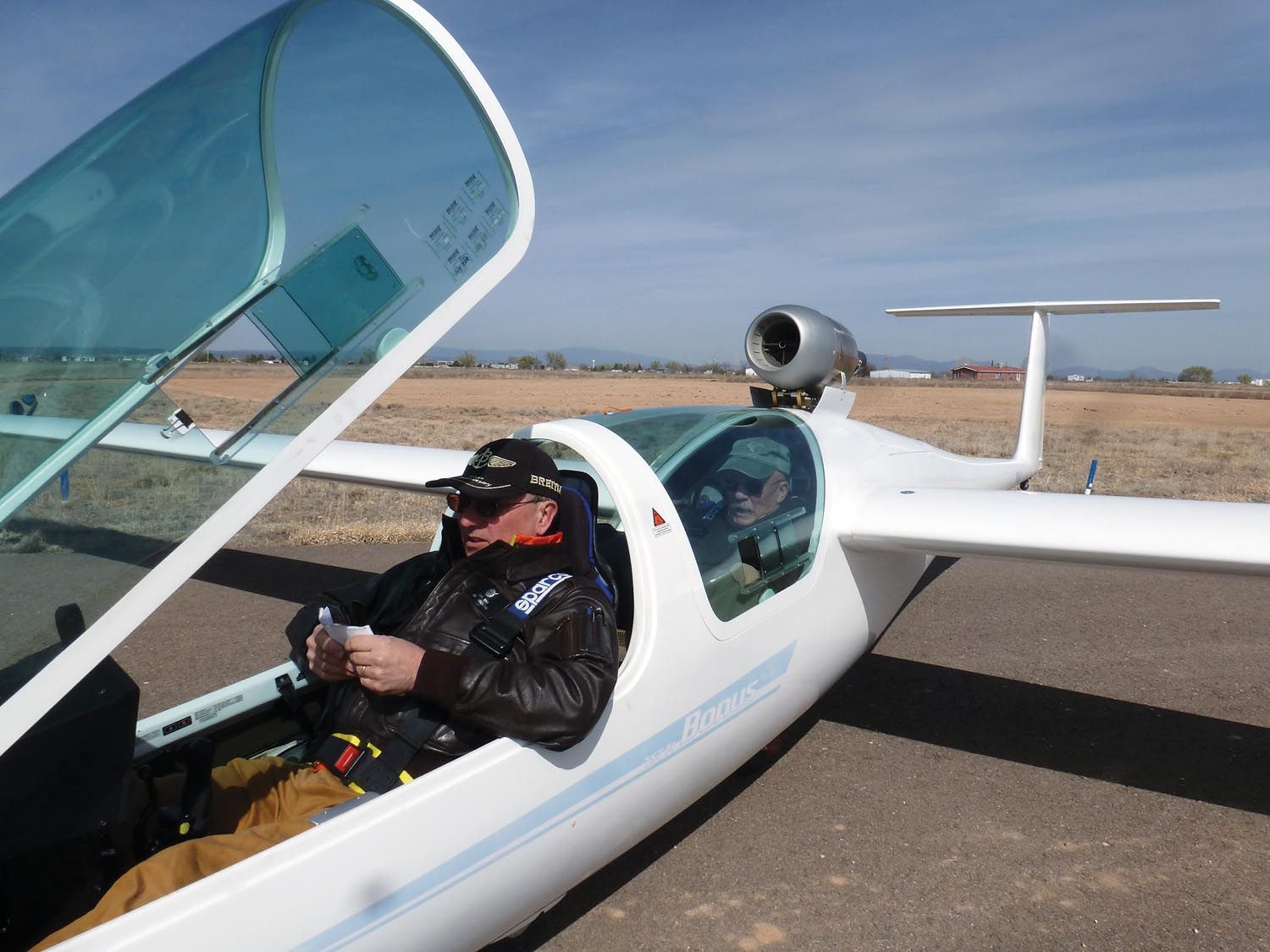
So there I was—authorized to fly the jet (the authorization never expires), but I had no jet to fly. With four other homebuilts in our family hangar, it was hard to see why another was needed. At a price of about $130,000, it was difficult to justify a machine that has some significant limitations on how it is used. Our RVs, for instance, are fun for local sightseeing, aerobatics, hundred dollar hamburger runs—or loading up and flying all the way across the country for a vacation or major fly-in. Our big, lumbering Tundra can be loaded with two people, three dogs, camping gear for the lot and flown off to backcountry strips where all you hear is the drone of mosquitos and the burbling of the nearby stream.
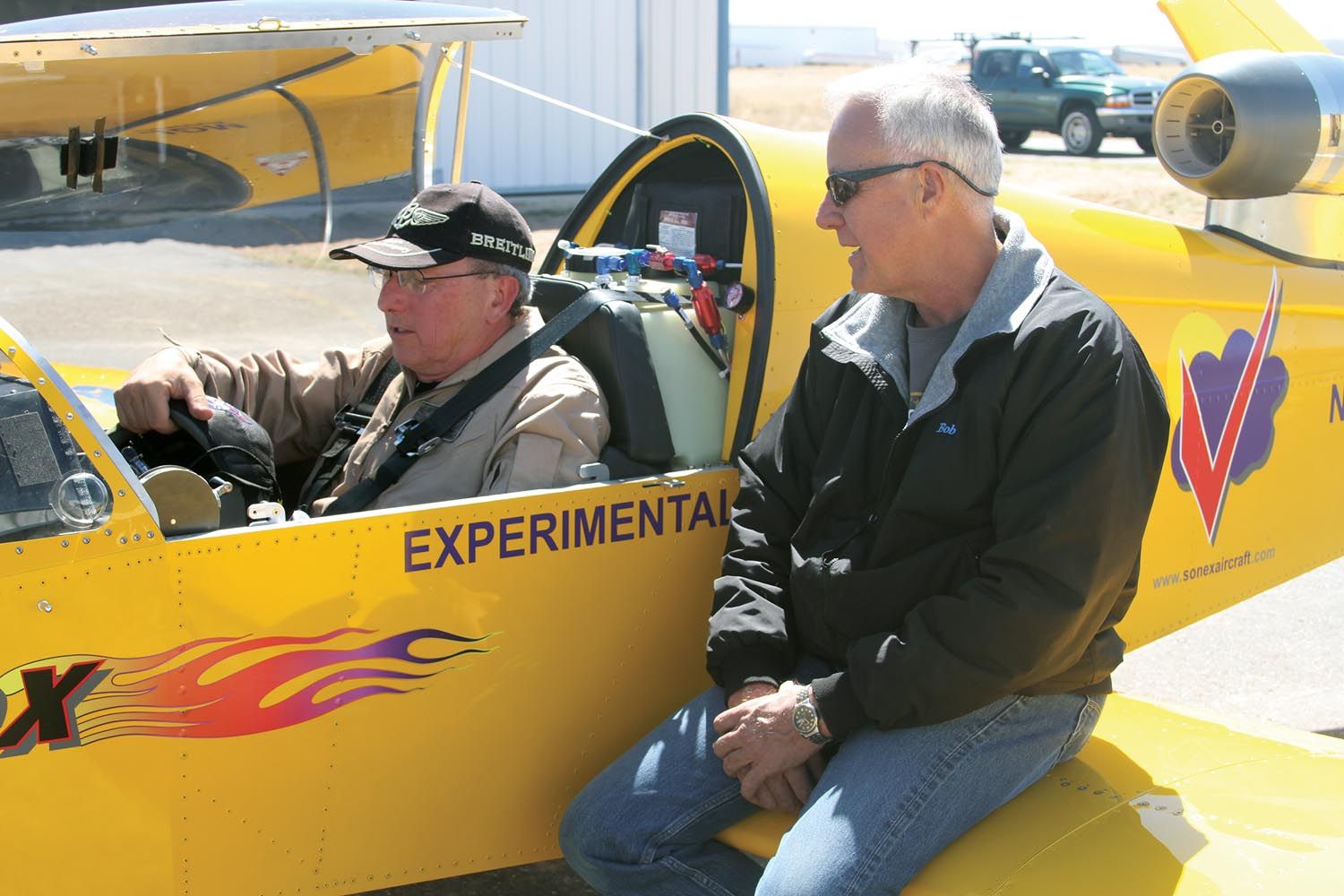
The SubSonex, I knew from the previous pilot report, is a blast to fly—smooth, powerful and unique. But with a no-reserve range of about 300 nautical miles and a dry-tank endurance of two hours, cross-countries are always going to be a challenge. If you’re going to fly a multi-leg cross-country, you need to make sure that when you get to your destination there will be enough runway to get on and off, plus an assurance that there will be fuel. You also have to remember that you’re not going to be able to carry fuel funnels or anything else to make refueling easier. Oh, and remember that when you get out of the jet, it is going to settle on its tail—it needs a pilot in the cockpit to make it a nose-dragger. So plan accordingly and practice getting in and out without help before you commit to going “remote.”
Frankly, the jet wasn’t designed to be flown cross-country—it was designed to be trailered if you were going to go more than a tank of gas away from home—but so were all of the early airplanes and they were used well outside their original operational areas. It’s all in the planning and practice to make sure you can handle the vagaries of being on the road—and on your own.
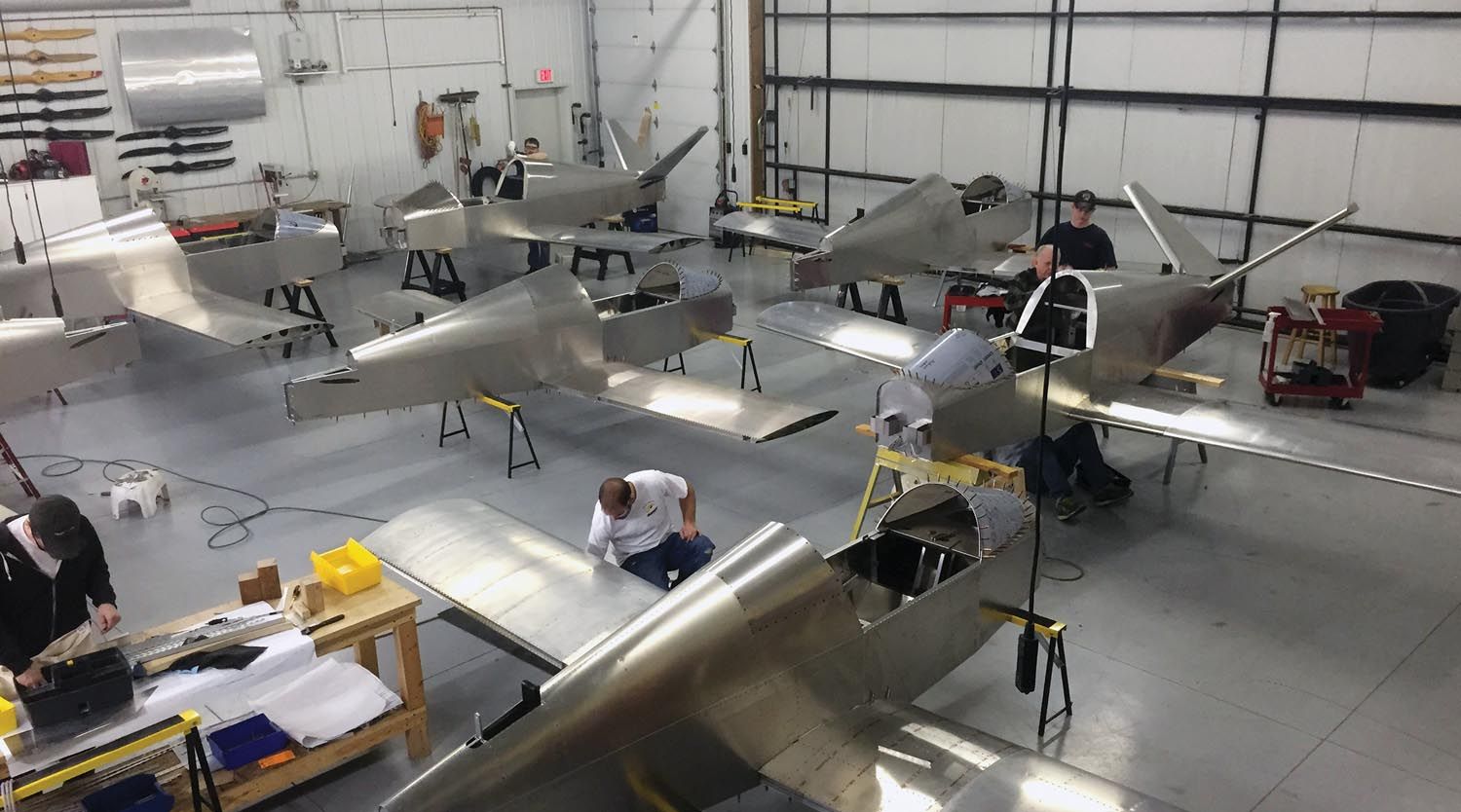
From my base in western Nevada, a trip to AirVenture would require at least seven fuel stops—probably one more, very close to Oshkosh to fill up before arriving, just to be ready for anything like a go-around or diversion. That trailer option looks pretty good when you think of it, and it’s not that expensive—so long as you already have a tow vehicle!
So how do you justify buying the jet? Many suspect self-delusion is involved, and it probably is. Start out by admitting that it is a luxury, something that you want to do because you want to do it. Cost-wise, it is not out of order with what many spend on a two-seat RV—although, admittedly, the RV would be equipped with full IFR avionics for that price! But if you look at that two-seater, ask yourself this: How often do you fly without a passenger? And how often do you really file IFR? Most people wait for reasonable VFR weather to go on trips and rarely file IFR to do local flying—what fun is it to fly to the local hamburger stop if no one else shows up? Bragging rights, sure, but there’s no one to which you can brag!
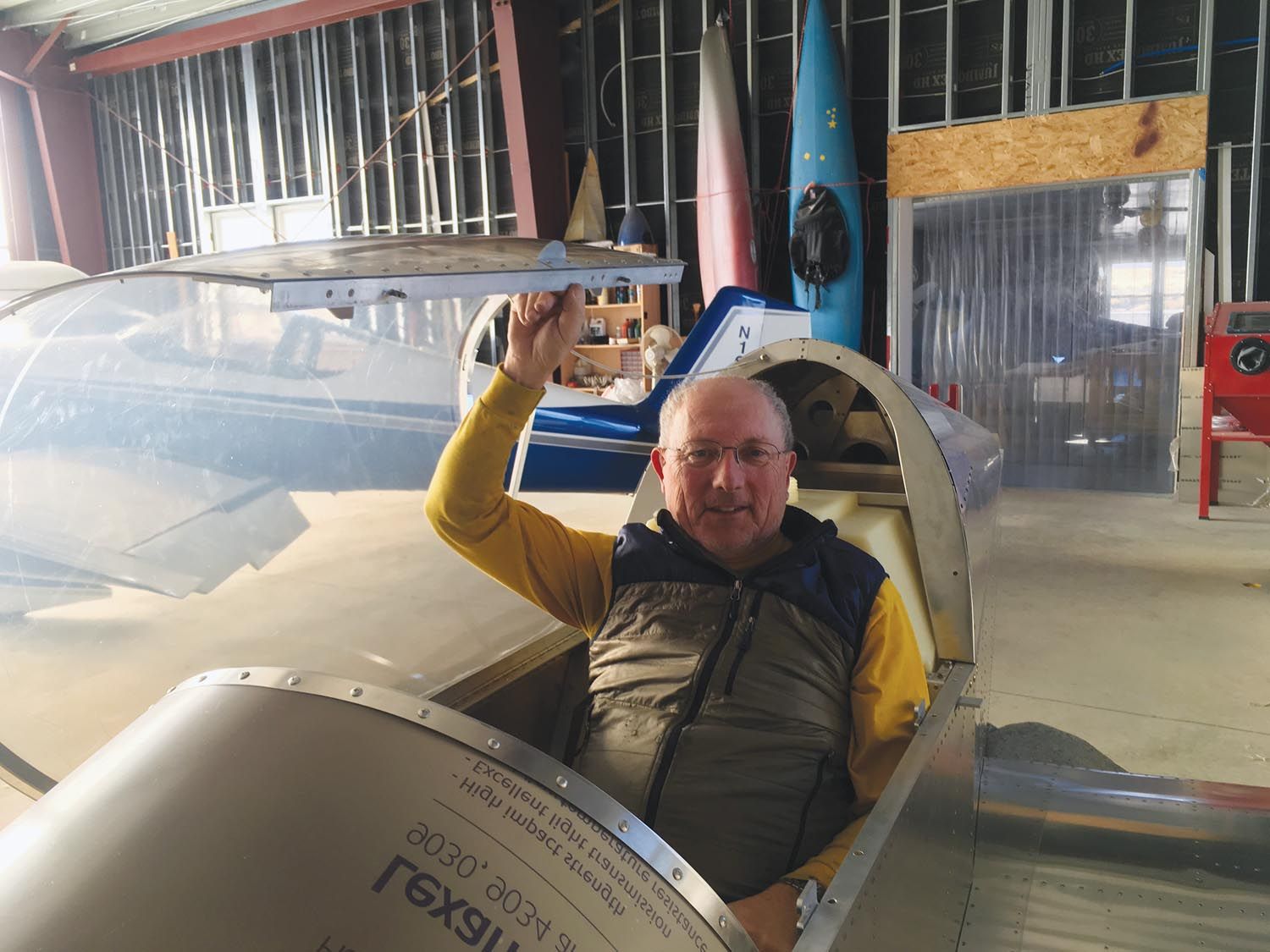
Even though our family has two pilots and four airplanes, we rarely fly with more than one of us in an airplane and often are going just 500 miles or less if cross-country. Local flying is more common—a way to unwind during the day, or in my case, local flying of acro and various maneuvers to stay sharp and precise for test-flying jobs. The jet can do that! Sure, it’s going to burn a lot more fuel, but Jet-A is cheaper per gallon and…oh yeah, there I go, trying to actually justify it again.
If you can afford it and you want it, why not indulge yourself? As I frequently tell other pilots, draw a 220 nautical mile circle around your home base. Now put a dot on every hamburger stop or pancake breakfast airport in that circle. And on any given Saturday, you’re the person that shows up in the jet… how much is that worth?
Buying Options
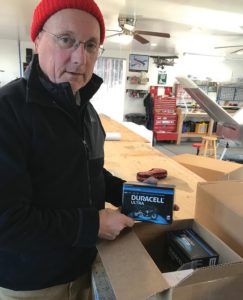
For those familiar with normal kit aircraft—even quickbuilds, the SubSonex is going to be a bit different. Originally, the jet was offered as a “super Quick Build” only—that meant that more than 51% of the work was done by the factory, so the airplane did not qualify for Experimental/Amateur-Built certification. It had to be licensed as an Experimental/Exhibition. There is some baggage that comes with that category, including an annual letter to the FAA describing the events it is going to be used at, the locations, and other flying activities you plan to do. That has turned out to be a fairly painless letter to write, with deviations allowed by the FAA in most cases. But there is no guarantee that they won’t get strict in their interpretation in the future, so some thought should go in to this decision.
After the first 10 kits were sold, Sonex sharpened their pencils with the NKET list (used to determine if the kit satisfies the 51% rule or not) and made a few changes here and there to slip the airplane’s quickbuild kit in just under the wire for amateur-built certification. Some parts (very few) have to be fabricated. More structure has to be built. You’ll have more systems work to do. But compared to most other kits—even quickbuilds—this thing is pretty simple to assemble. And assemble it you will. This is not construction, it is putting together well-fitted parts to create a finished aircraft.
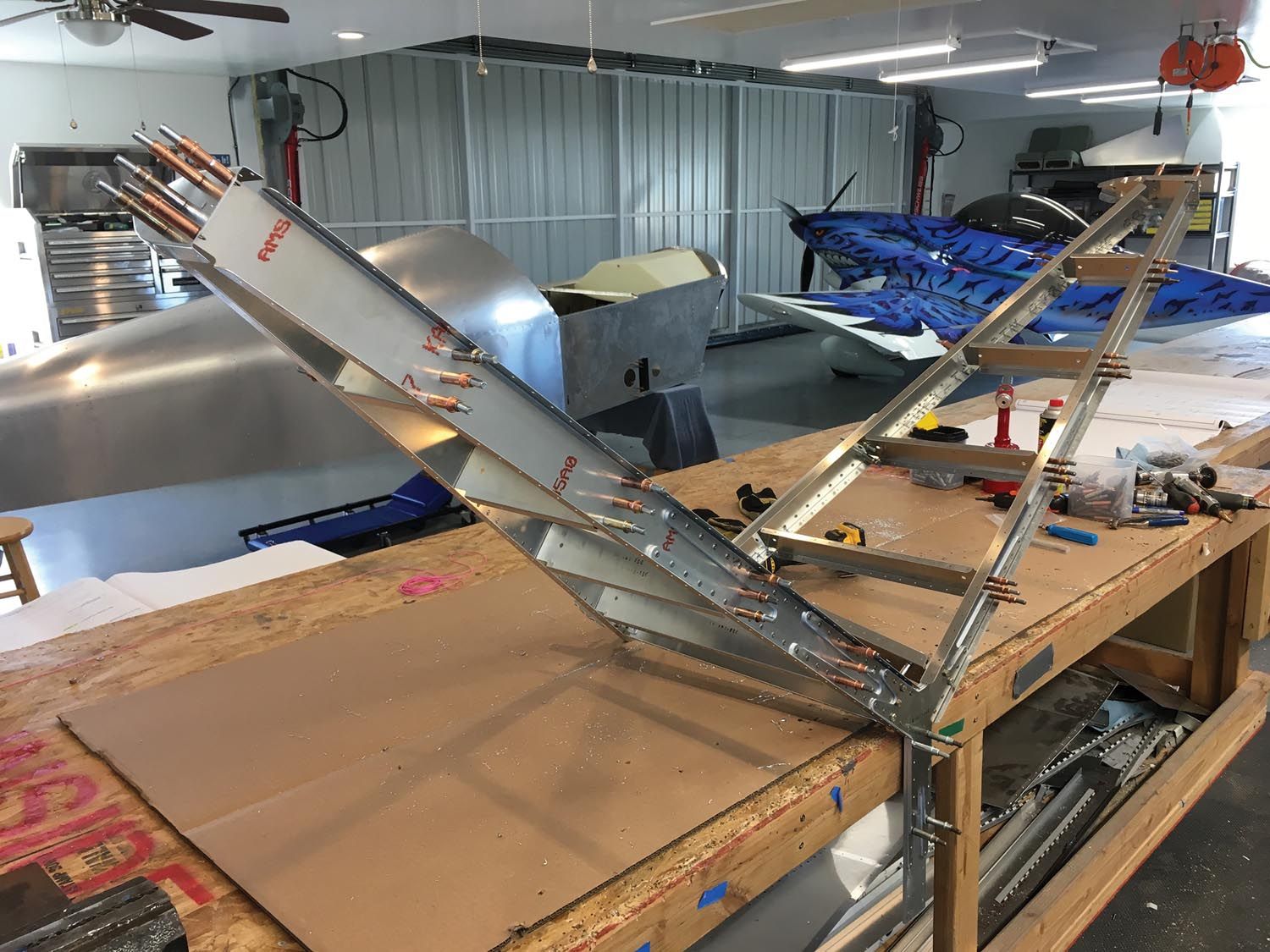
You can now buy the tail kit for the SubSonex—this allows you to put a toe in the water of building before committing to the entire project. It will help you decide if you really want to go ahead with the entire kit or not, with a modest financial investment up front. For a few thousand dollars, you build the same tail surfaces that you would build if you bought the complete kit up front—and learn fabrication as you go. The thing is, once you finish the tail, the fabrication is mostly finished—the rest of the jet is so far along in assembly that there are few tasks that relate to building the tail. Sure, you have to build flaps and ailerons, but they go together just like the ruddervators. After they are done, you can pretty much put away the drills, Clecoes and riveting tools until you get very near the end of the project, when you have to close up the belly skin.
Still—getting that tail kit into your workshop does mean that you are building a jet! It is the first step down the road to addiction that many are looking to follow. The tail-kit price is deducted from the overall kit price when you commit to the rest of the project, so there is no real cost impact for going for the tail first. The biggest expense you’re going to run in to is going to be the engine package anyway—the airframe looks downright reasonable by comparison.
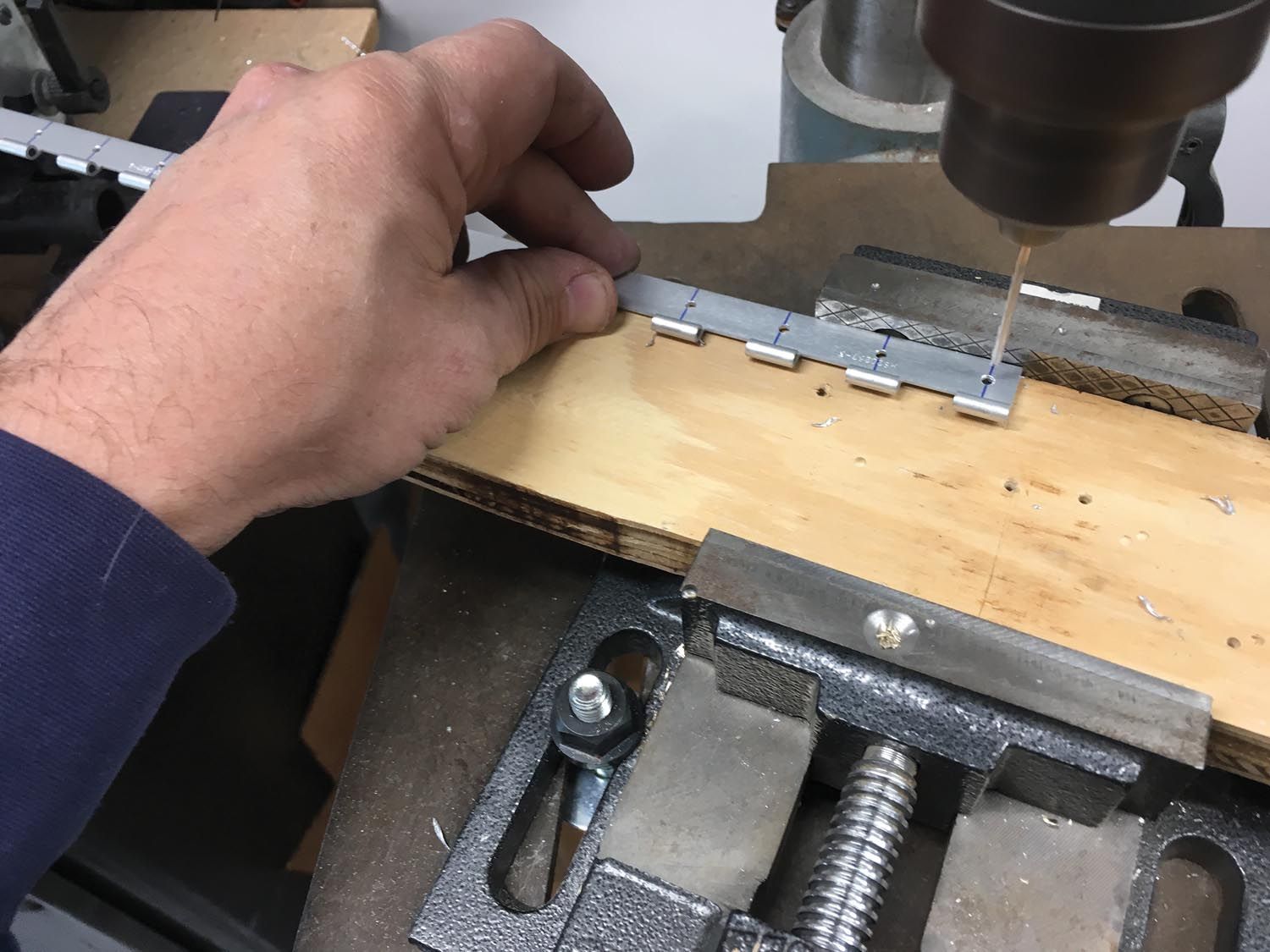
Costs and Decisions
With most kit aircraft, we generally tell people to use the “rule of thirds” when it comes to cost. Allow one third of the cost for the airframe, one third for powerplant, and one third for avionics and finishing. That works out well for most reciprocating powerplant airplanes these days. The jet is more like 50% for the powerplant, 40% for the airframe, and 10% percent for the avionics. Most are unlikely to go with IFR avionics, so a VFR panel is more than enough—and far less than what you’d spend for that dual-screen panel with an IFR navigator in an RV or Sportsman.
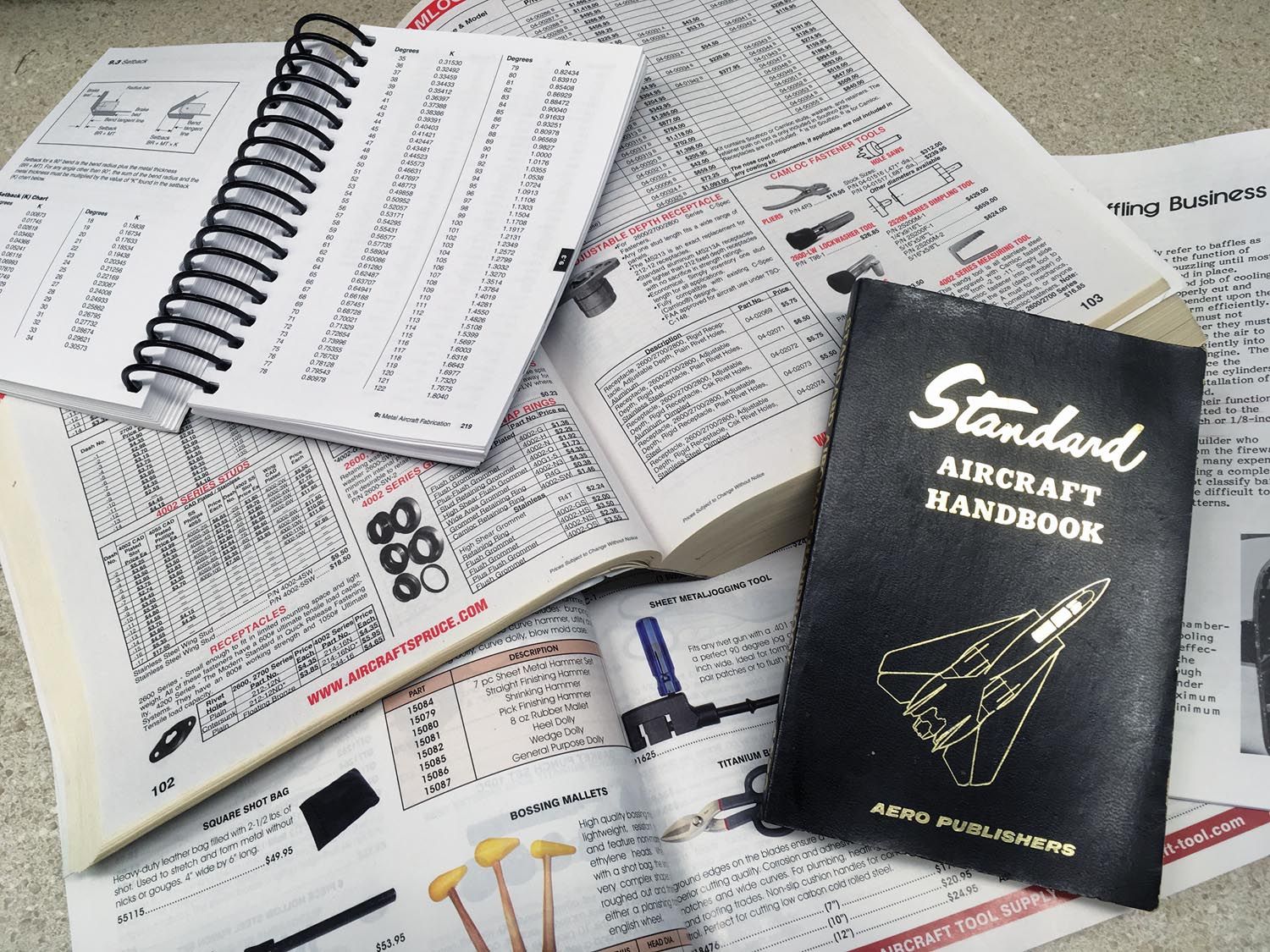
The SubSonex doesn’t, in fact, require a lot of decisions in the buying department. The airframe has just a few options—BRS ballistic parachute, oxygen, lights and interior are about it. The engine has no real options—you buy the complete package from PBS, the importer, and it includes everything that you need to make jet noise.
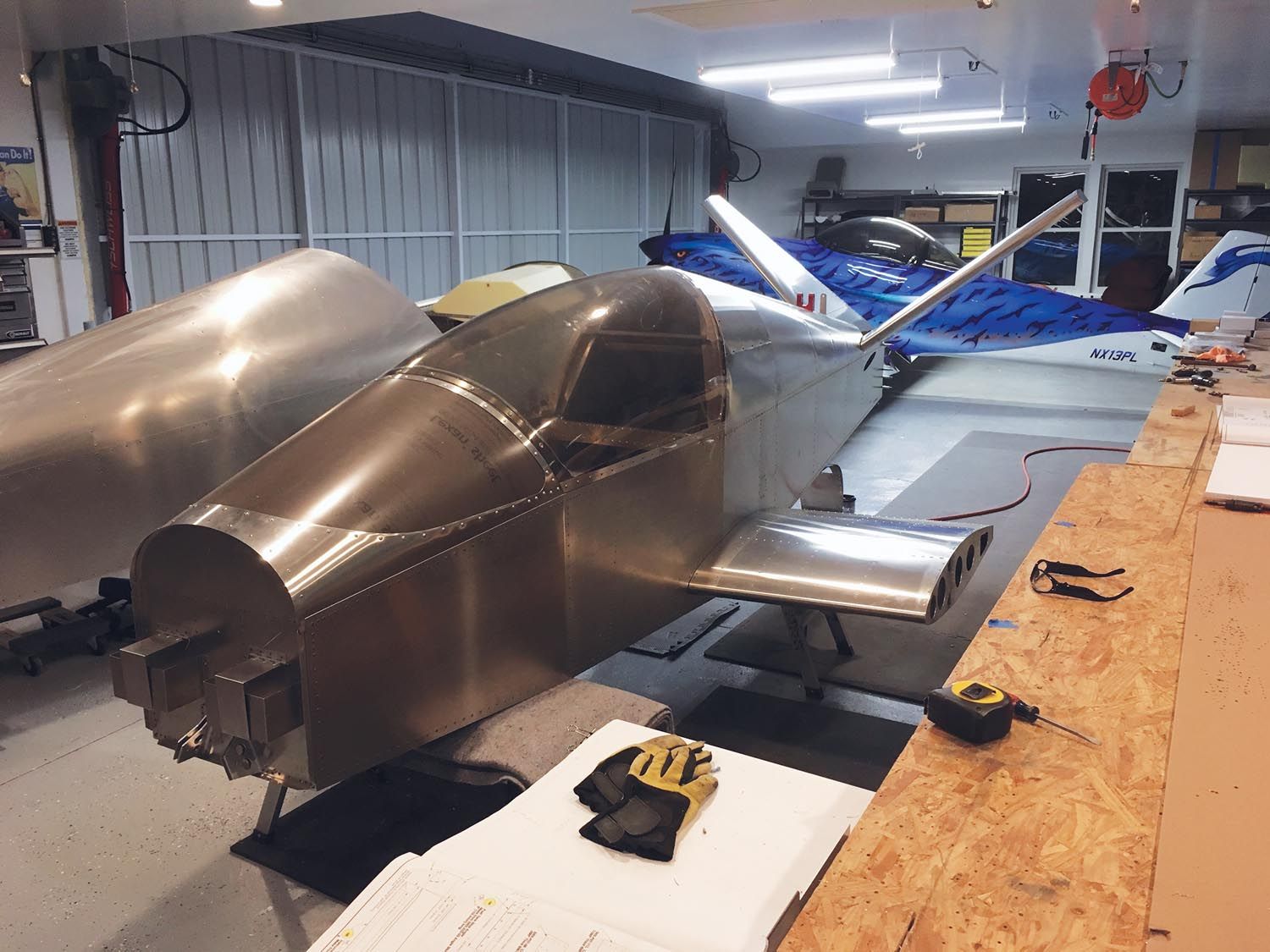
About the only place you will do some window-shopping involves avionics. Jets have flown with MGL, Garmin, GRT and Dynon equipment so far. The panel itself was designed around the MGL screen, which fills the available space and ends up looking much bigger than it is because the panel is so small. There really isn’t a lot of room for options! Necessary switches fill up the remaining panel space, and if you want to use something that takes more real estate, you’re going to be in for some real homebuilding!
At least one jet is using a full-sized Garmin G3X Touch, and it looks very nice. However, that meant modifying the panel to be deeper on the bottom, finding places for remote mounted boxes, relocating the engine monitoring panel and a few other things. All of this is doable for a homebuilder with a modicum of experience, but as anyone who has built before knows, modifications always take about five times longer than you anticipate up front. Little changes have far-reaching consequences, so know that before you start!
In my case, I did a lot of soul searching, and decided that since I already had airplanes with Garmin, GRT and Dynon packages, I’d go ahead and use the factory-preferred MGL EFIS and accessories. It would lead to a faster build and give me an opportunity to fly with a new EFIS—one that I have little experience with but which has a good reputation. One advantage of the MGL system is that they have already done some software integration for the jet, so configurations are a bit easier. Another advantage is that the remote-mounted boxes (radio, transponder, ADS-B and engine data box ) are pretty compact, which is an important consideration in the jet.
Some have designed their jets to be IFR capable, but I found that trying to shoehorn an actual IFR GPS in was just going to be too much trouble—plus the fact that the engine’s generator doesn’t really put out enough amperage to make the power budget work. Yes, you can fly IFR with a single com and a single VHF nav for VOR navigation and ILS approaches. But today’s IFR system isn’t very friendly if you don’t have a GPS, and the required reserves make this a very marginal IFR airplane anyway. The old joke with the T-38 Talon was that you took off in afterburner and declared a fuel emergency as soon as you were done with your initial climb. The SubSonex isn’t much better. If you consider that it has two hours’ endurance, lop off 45 minutes for IFR reserves, plus something to divert to an alternate, it’s clear your leg lengths are going to be less than an hour. On the bright side, you can easily hand fly that length of mission, which is good, because you don’t have the weight or power budget for an autopilot anyway….
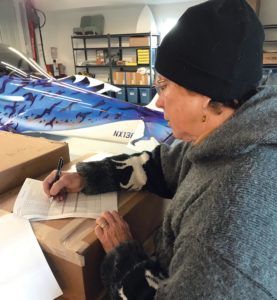
The SubSonex kit—whether you buy it all at once or pick up a tail kit first—is remarkably complete by today’s standards. All of the hardware is included (although I occasionally dipped in to my reserves of hardware for a slightly longer or shorter bolt), as are most of the components for the required systems—fuel pumps, fuel fittings, air pumps, landing gear actuators, etc. You need to buy your own pilot harness, but aside from that everything is included in the box (except the avionics). I decided to add the O2 system, BRS and lighting options—and those are very complete as well. If you want to make modifications, you’re pretty much on your own, as with any aircraft kit. The thing about the SubSonex is that you need to choose mods carefully, for it is a very tiny aircraft, and there isn’t a lot of room to make additions without impacting something that is already trying to occupy the space.
Going for It!
Once you have decided that you want the jet, it is hard to get it out of your mind—eventually, you’re going to succumb. Sonex builds the jets in batches—in the summer of 2018, they were doing five at a time. You can get your name on one then follow it along with a deposit. Mine took about three months to be ready to ship. Engine lead time was about 10 weeks and I did my best to get everything else in house about the same time so that I wasn’t slowed down for lack of parts.
If you know you want one, about all I can say is to remember a line from an old maker of ski movies, Warren Miller. He used to say that “you need to go and ski (whatever mountain) today, because if you don’t, you’ll just be one year older when you finally do!” The jet’s a lot like that. Don’t try to justify it—just do it!
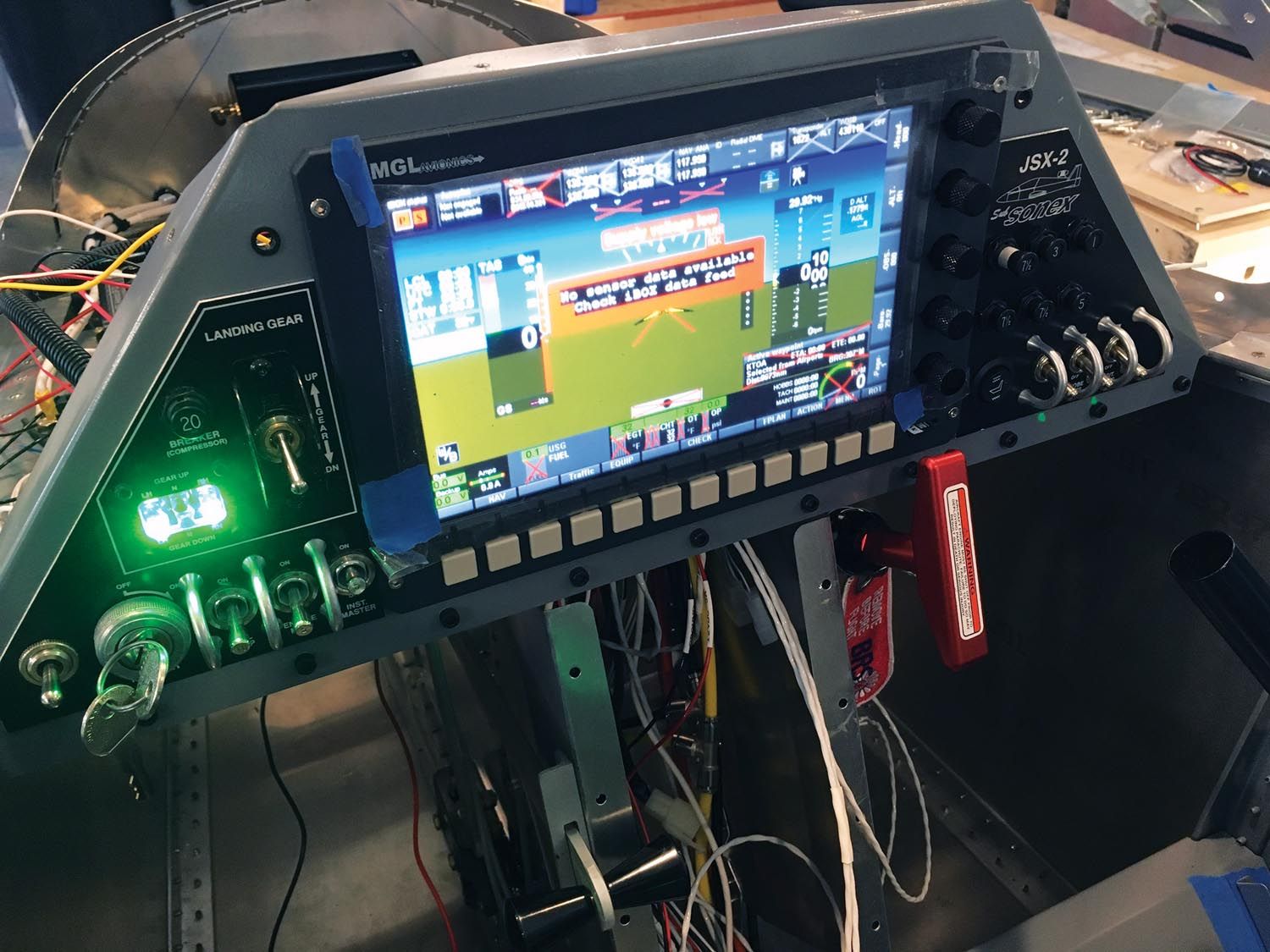
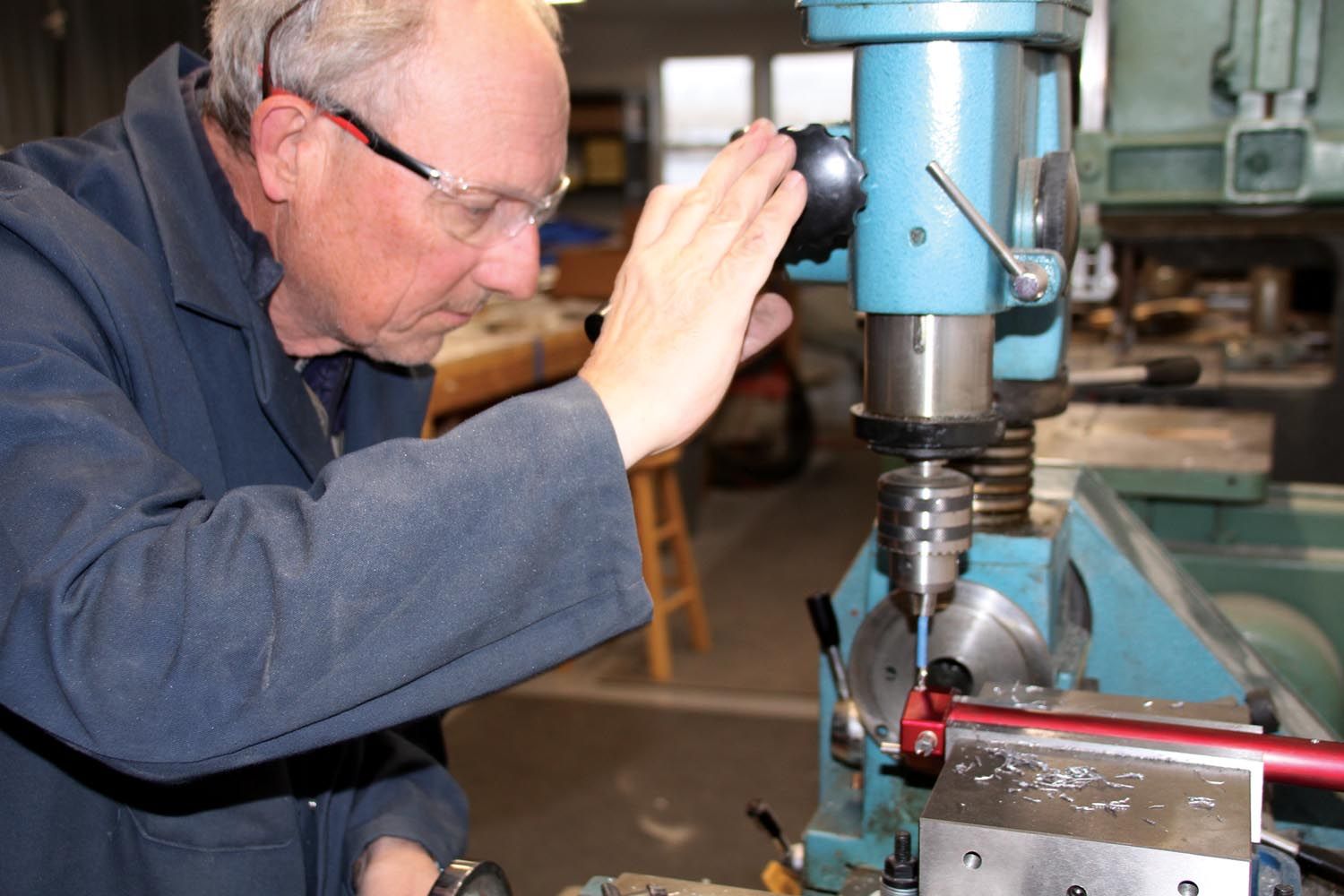




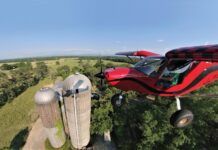
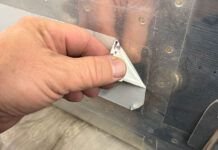
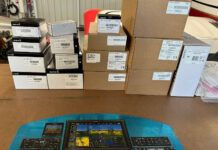




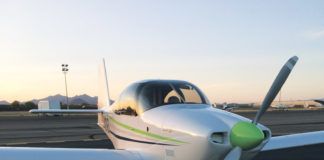


Nice write-up Paul. I’ve been waiting for it!